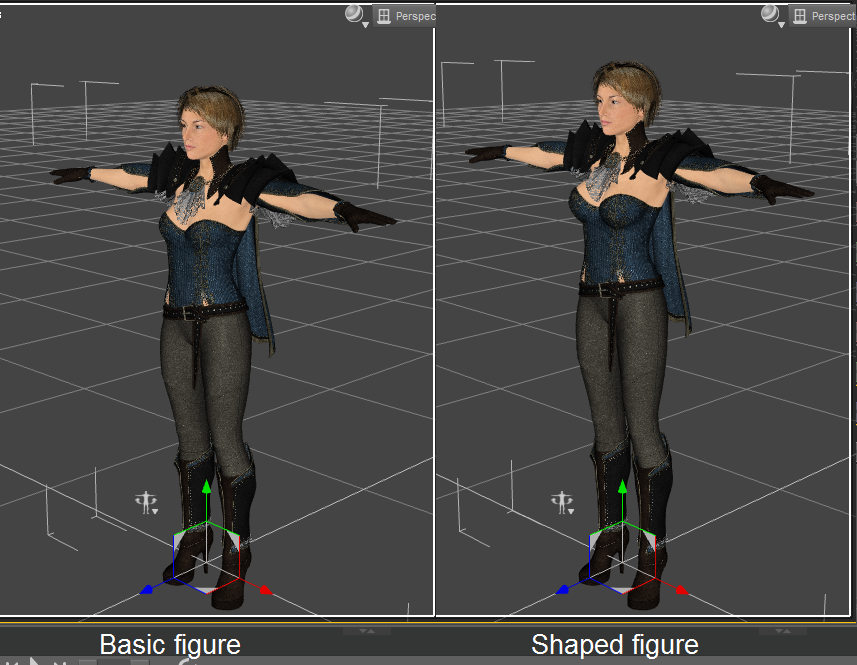
It’s a complex labyrinth of folder and sub-sub-sub-folder, as well as database entries. For such a system to work, 3D content needs to be installed in a very specific way to appear properly. These display objects in an easy overview, are often searchable and make building scenes easier. One thing of note is that many 3D programmes have something akin to a Content Browser. Still, these formats can be used to get at least some data across when dealing with animations or rigging. FBX is a proprietary Autodesk format and has so many variations, that chances are slim for a shared file to work flawlessly on the destination. The OBJ format does not contain rigging data either (as far as I know).įBX and Collada can contain both animation and rigging information, however they’re more complex and less easy to interpret for the target application. An OBJ series is sometimes used, describing a new static object at each frame of an animation, but it does not contain animation data as such. The downside to OBJ is that it cannot transfer animation data.

I will focus on the OBJ format in the remainder of this article. It’s very robust and relatively simple, hence most 3D apps can understand it. It saves the 3D objects, material groups, and it can reference textures. One of the most general purpose and well-working formats with which to share static 3D data is Wavefront’s OBJ format. Furthermore, the material properties (like shiny, rough, translucent, emissive etc) are not working, because each render engine has different ways of describing such properties. Hence, while the diffuse texture map is usually imported correctly, none of the other parameters are (such as bump, transparency, normal, etc). These are very much dependent on the render engine for which the source object was intended. The trouble lies not in the 3D shape of an object, but mostly in the material descriptions. Most 3D applications (DAZ Studio included) can import 3D objects from other applications and display them somewhat. They all work to a certain extent, but usually not perfectly. If you’ve ever tried formats like FBX, Collada, OBJ or Alembic, and have been disappointed with how they transfer content, then you’re not alone. Every 3D professional is struggling with this fact.

You’d think for an advanced society like us there would be a “universal format” of all things 3D, but sadly that’s not the case. Let me explain the basics of what’s happening here, then we’ll move on to the process of making a compromise work.įirst of all, transferring content between multiple 3D applications is a pain. It’s a complex situation, so perhaps I can shed some light on it.


 0 kommentar(er)
0 kommentar(er)
